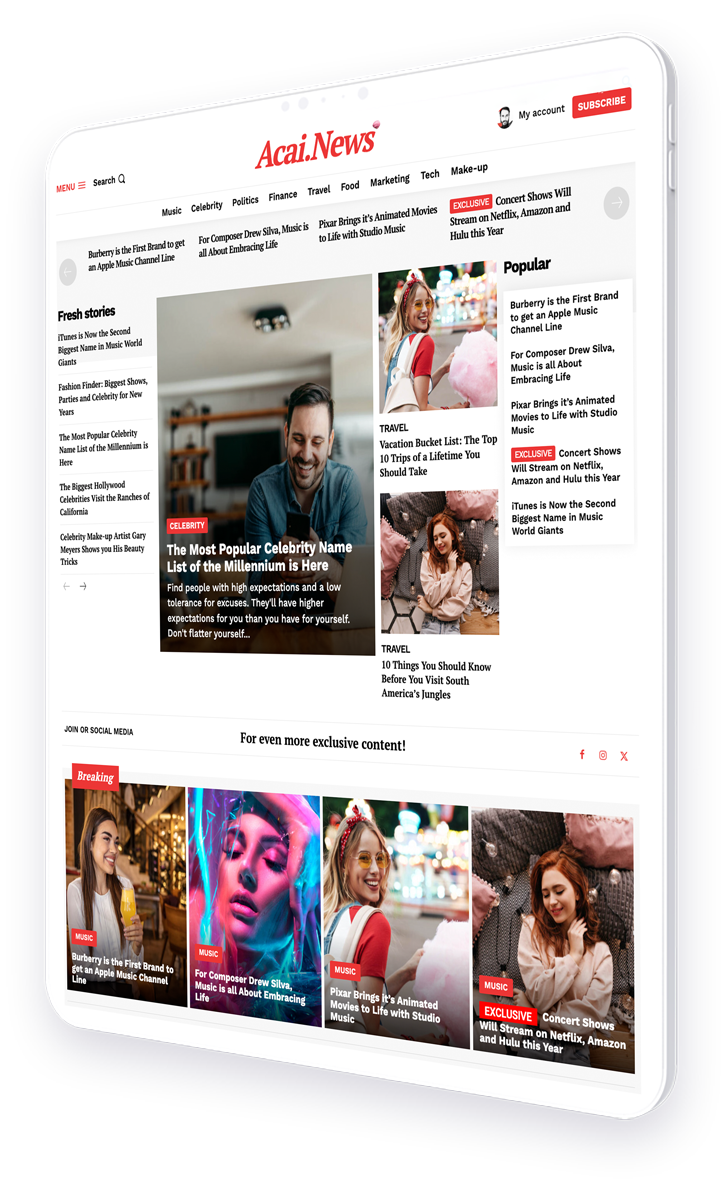How to improve user experience to increase dwell time and search engine ranking
In the digital age, the intersection of Search Engine Optimization (SEO) and User Experience (UX) is crucial for the success of any online publication. For digital magazines, this means creating a seamless navigation experience that not only pleases the reader but also ranks well on search engines. This article explores how to design a magazine with optimized navigation to improve user experience, increase dwell time, and enhance search engine ranking.
Understanding the Importance of SEO and UX
SEO and UX are often seen as separate entities, but they are deeply interconnected. While SEO focuses on making a website visible to search engines, UX is about making the website enjoyable and easy to use for humans. When these two elements are aligned, they create a powerful synergy that can significantly boost a website’s performance.
The Role of SEO in Digital Magazines
SEO is essential for digital magazines because it determines how easily potential readers can find your content. By optimizing your magazine for search engines, you increase the likelihood of appearing in search results, which can lead to more traffic and higher engagement.
- Keyword Optimization: Use relevant keywords throughout your content to improve search engine visibility.
- Meta Tags: Ensure that your title tags and meta descriptions are compelling and include target keywords.
- Backlinks: Build a network of quality backlinks to increase your magazine’s authority.
The Role of UX in Digital Magazines
UX is about creating a positive experience for your readers. A well-designed magazine should be easy to navigate, visually appealing, and provide valuable content. When users have a good experience, they are more likely to stay longer, return, and recommend your magazine to others.
- Intuitive Navigation: Ensure that your magazine’s layout is easy to understand and navigate.
- Responsive Design: Make sure your magazine is accessible on all devices, including smartphones and tablets.
- Engaging Content: Provide high-quality, relevant content that meets the needs of your audience.
Designing Optimized Navigation for Digital Magazines
Navigation is a critical component of both SEO and UX. A well-structured navigation system helps search engines index your content effectively and allows users to find what they are looking for quickly and easily.
Creating a Logical Structure
A logical structure is the foundation of effective navigation. Organize your content into clear categories and subcategories that make sense to both search engines and users.
- Use a Hierarchical Structure: Arrange your content in a way that reflects its importance and relationship to other content.
- Implement Breadcrumbs: Breadcrumbs provide a trail for users to follow back to the starting or entry point of a website.
- Include a Search Bar: A search bar allows users to quickly find specific content within your magazine.
Enhancing User Engagement
Engagement is a key factor in both SEO and UX. The more engaged your users are, the longer they will stay on your site, which can positively impact your search engine ranking.
- Interactive Elements: Incorporate interactive elements such as quizzes, polls, and comment sections to encourage user interaction.
- Visual Content: Use images, videos, and infographics to make your content more engaging and easier to digest.
- Clear Calls to Action: Guide users towards desired actions with clear and compelling calls to action.
Case Studies: Successful Magazine Navigation
To illustrate the impact of optimized navigation, let’s look at some successful case studies of digital magazines that have effectively combined SEO and UX.
Case Study 1: National Geographic
National Geographic is a prime example of a digital magazine that excels in both SEO and UX. Their website features a clean, intuitive design with a strong focus on visual content. The use of high-quality images and videos not only enhances the user experience but also improves SEO by increasing dwell time and reducing bounce rates.
Case Study 2: Wired
Wired magazine has successfully implemented a navigation system that prioritizes user experience. Their website features a simple, easy-to-use menu that allows users to quickly find the content they are interested in. Additionally, Wired uses a responsive design that ensures a seamless experience across all devices, which is crucial for both SEO and UX.
Statistics: The Impact of SEO and UX on Digital Magazines
Statistics show that optimizing for both SEO and UX can have a significant impact on a digital magazine’s success.
- According to a study by Search Engine Journal, websites with a strong focus on UX see a 400% increase in conversion rates.
- Research by Google indicates that 53% of mobile users abandon sites that take longer than three seconds to load, highlighting the importance of responsive design.
- A report by HubSpot found that 47% of consumers expect a web page to load in two seconds or less, emphasizing the need for fast-loading pages.
Conclusion: Key Takeaways for Optimizing Navigation in Digital Magazines
In conclusion, the integration of SEO and UX is essential for the success of digital magazines. By designing a magazine with optimized navigation, you can improve user experience, increase dwell time, and enhance search engine ranking. Key takeaways include:
- Focus on creating a logical structure that is easy for both search engines and users to navigate.
- Enhance user engagement with interactive elements, visual content, and clear calls to action.
- Learn from successful case studies and implement best practices in your own magazine.
By prioritizing both SEO and UX, you can create a digital magazine that not only ranks well on search engines but also provides a valuable and enjoyable experience for your readers.




